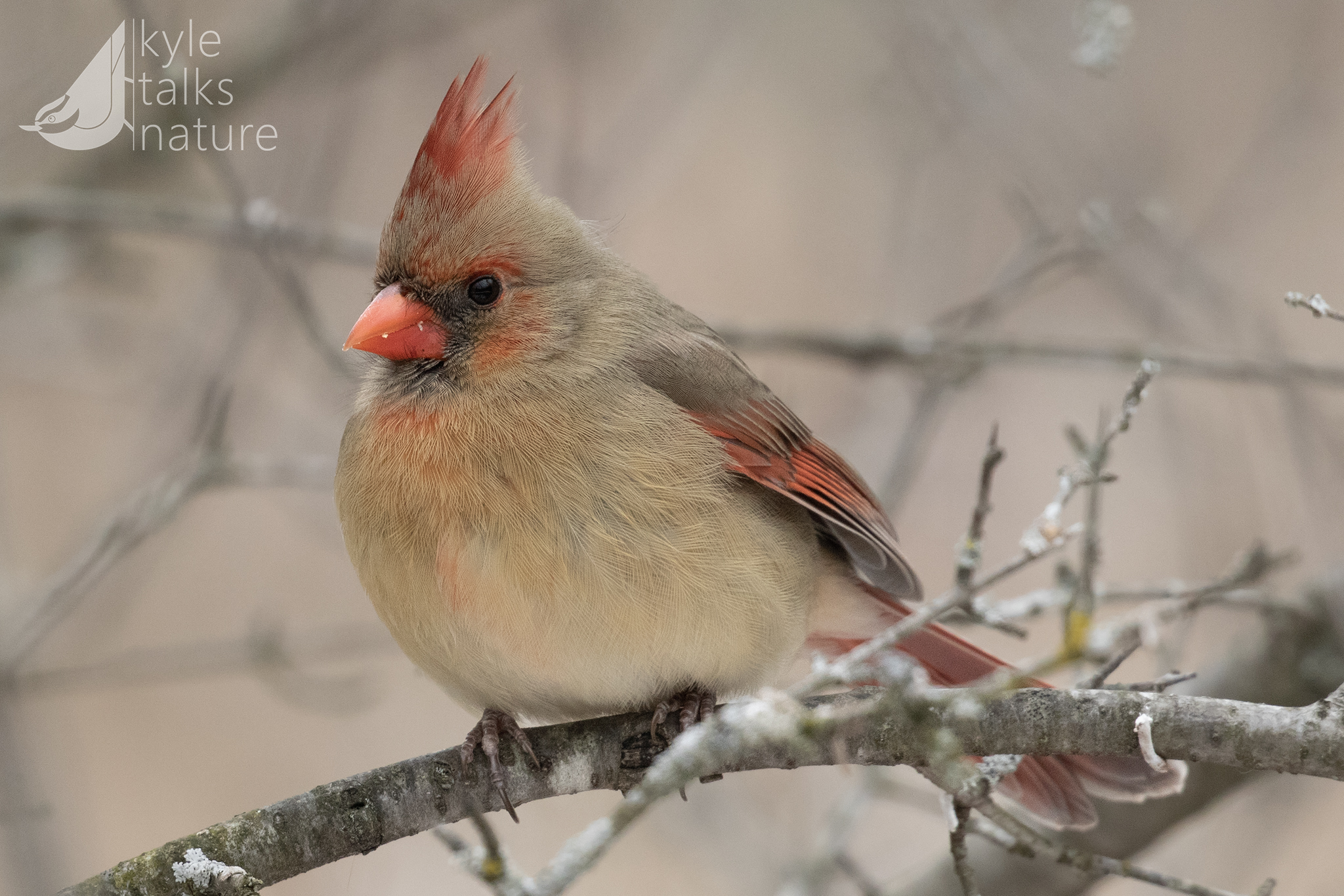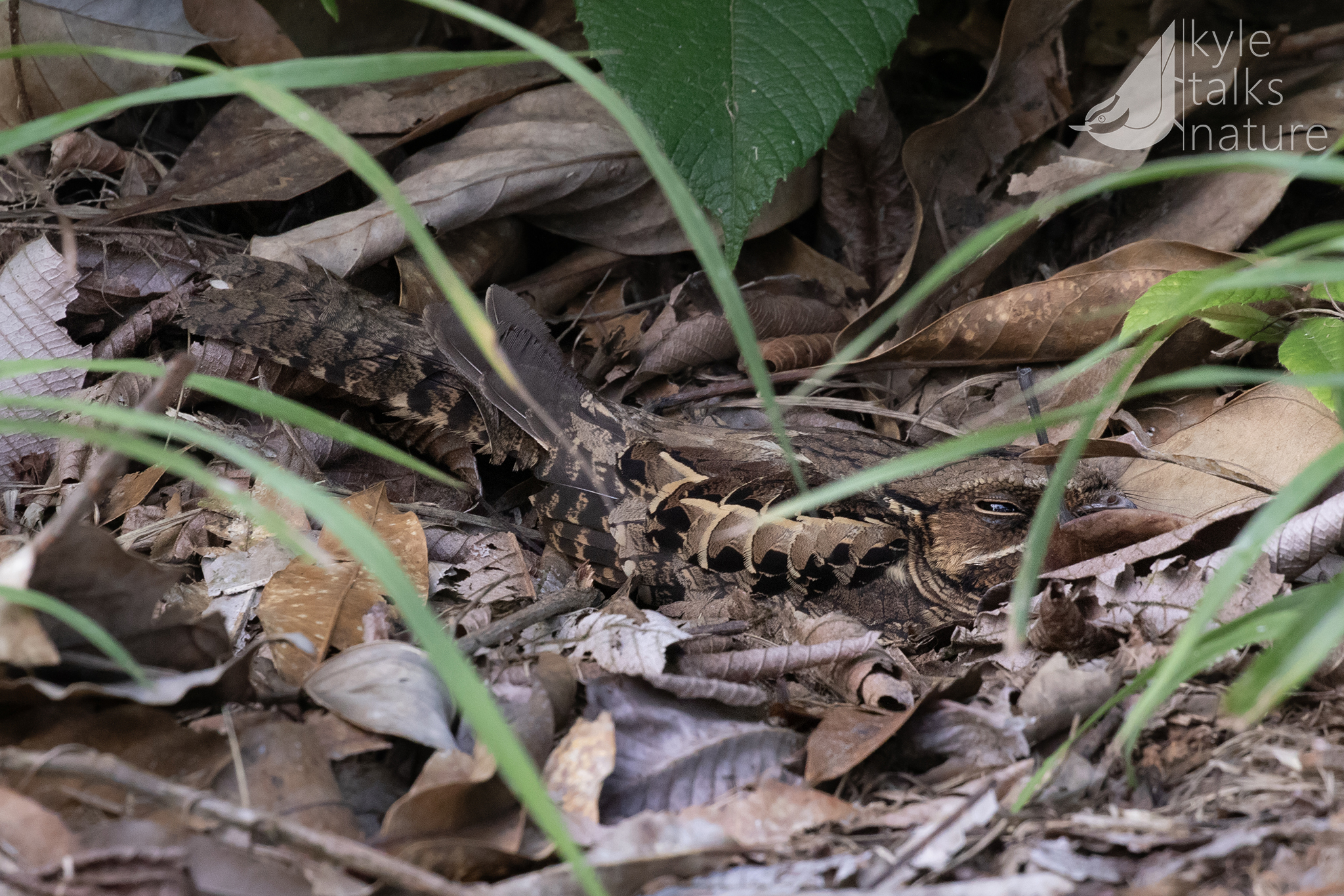Do you ever wonder who’s in charge of all the names of all the birds? I didn’t think so. Most people go through their entire lives happily saying bird names, never considering who’s responsible for the sounds coming out of their mouths.
You’d imagine, if you stopped to think about it, that somewhere there’s a group of expert bird nerds maintaining a master list of all the birds. You’d be right, save for one small caveat: there are four.
How, you may rightly ask, are there four SEPARATE groups of experts keeping four SEPARATE lists of birds? A fair question indeed, but more importantly, you should also be wondering: are all these lists THE SAME?
The answer to your first question is – simplifying somewhat – that there are really no rules about making a world bird list. Anybody with the time and interest could take a crack at it, and if enough bird-type people accept and adopt it, it must be taken at least a little seriously. This has happened a handful of times in the history of bird study, but most recently there have been four generally accepted and regularly updated1 bird lists:
• HBW/BirdLife International Checklist
The answer to your second question is: absolutely not! You would imagine all the lists would be basically identical – given that they are all lists of exactly the same birds – but they do in fact differ from each other in thousands of intricate and confusing ways.
The names themselves differ, of course. The same bird can be referred to by different names by different people, and different lists often adopt different names based on the predilections of the different people who maintain them2. Far more problematic, though, is that the lists also disagree on which birds actually exist.
Importantly, these are lists of bird species, but what constitutes a species is very much up for debate. Consider the following:
List A contains a species called the Tweety Bird3,4. Within the species called Tweety Bird, there are two subspecies: the Eastern Tweety Bird and the Western Tweety Bird. They’re a little different from each other, but still fundamentally the same species.
List B contends that the two subspecies are actually different enough to be species in their own rights, elevating Eastern Tweety Bird and Western Tweety Bird to full list status.
List C, however, feels that List A’s Tweety Bird is actually itself just a subspecies of the closely related Big Bird, and so includes Big Bird on the list with Tweety Bird mentioned as a subspecies and completely omits Eastern T-B and Western T-B.
Finally List D figures that this whole group of birds has been incorrectly categorized in the first place. It takes the bird that everybody else calls Tweety Bird and places it in a completely different family under the more appropriate name Toucan Sam.

If you’re feeling somewhat overwhelmed, welcome to the world of bird taxonomy. Taxonomy is the way living things are organized and named based on their relationships to each other, and it’s mostly a hot mess most of the time. It’s based upon the shifting sands of new and changing information, and as we’ve seen, it’s often attempted simultaneously by various authorities5 who don’t talk to each other nearly as much as you’d expect.
If you’ve gotten this far6, you may well be wondering why all of this matters. The confusion it causes is a minor problem for those who appreciate and learn about birds, but it can be a major problem when it comes to conservation. Imagine, for example, the politics of protecting an endangered species that lives in half a dozen different countries who can’t agree on what it’s called, or even whether it is a species in the first place.
Which brings us, at long last, to the subject of this post7. Recently, a bunch of bird taxonomists – including representatives of three of the above lists and other big players in the world of bird nerddom I mean science – put their heads together to resolve their differences and create one list to rule them all: AviList. Launched last month, AviList is a painstakingly unified taxonomy for all the birds of the world, full stop.
If you, like me, find this stuff fascinating, you can read all about the process on the AviList website. You can also download and pore over the list itself. Needless to say, it’s a lot. But it’s also important, and this new, harmonious assorting of birds will soon trickle its way down into your apps, field guides8, eBird, and other places where bird names are found.
If you, unlike me, don’t find this fascinating, that’s totally fair. You’re probably a normal, well-adjusted person and you can continue living your life with nary a care about bird checklists9. But isn’t it nice to know that, somewhere out there, a bunch of scientists are getting along for the good of birds? You’re welcome for this heartwarming notion.
This blog post logically ends here, so it is my heartfelt recommedation that you stop reading it and go walk in the sunshine or spend time with your family. But if you’re a super bird nerd or a long-time fan (ha), I have just one more thing to cover below.

Naturally when I heard about AviList I was very interested in how it would benefit bird conservation, but I also needed to know immediately how it would impact my beloved OneWordBirds. You see, until now I have used the eBird/Clements taxonomy for the OneWordBirds project, but surely I must defer to this new and authoritative list.
Tragically, eight of the eBird/Clements one-word-birds don’t make the cut for AviList. Happily, nine one-word-birds appear in AviList that weren’t in eBird/Clements! What a rollercoaster of emotion.
I know you’re dying to know, so here are the gains and losses:
Lost (not in AviList)
- Brant
- Bushtit
- Chukar
- Dollarbird
- Dovekie
- Hypocolius
- Locustfinch
- Odedi
- Whimbrel
Gained (in Avilist, not in Clements)
- Bokikokiko
- Bushwren
- Fruithunter
- Gibberbird
- Kikau
- Neddicky
- Nene
- Pauraque
- Standardwing
- Woodlark
There are some big feelings on both sides to be sure. Brant, Bushtit, Dovekie, and Whimbrel all hit close to home for me. Brant becomes Brant Goose (unnecessary), Bushtit becomes American Bushtit (kinda necessary), Dovekie becomes Little Auk (adorable but not nearly as cool), and Whimbrel is split into Hudsonian Whimbrel and Eurasian Whimbrel (fine). On the plus side, I never have to learn what a Hypocolius is.

On the other hand, we have the addition of maybe the greatest one-word bird name of all: the Bokikokiko. I recommend saying it aloud whenever you feel down, or perhaps just randomly throughout the day. It also takes the top spot on the list for number of Ks, though remarkably only by a narrow margin of one K.
Also excellent to say are Fruithunter, Gibberbird, Neddicky, and Standardwing. The Hawaiian Goose gets a lovely return to its Hawaiian name, Nene, hopefully not the last Hawaiian bird to receive this treatment.
I like Pauraque too. eBird/Clements lists three pauraques: Common, Jamaican, and Least. AviList reassigns Jamaican and Least as Poorwills (Jamaican Poorwill and Least Poorwill), leaving Common all by itself. With no need for distinction, it can be simply Pauraque, a great name for a great bird.

In any case, I’ll take the net +1 as a victory for one-word-birds. Gotta take the wins where you can get ’em.
It remains to be seen exactly how the English names in AviList will interact with platforms like eBird. AviList’s primary interest was species limits – basically deciding what is a species and what isn’t. The English names, as they are included, may be open to future interpretation, especially considering geographic varation in birds like Little Auk (Eurasia)/Dovekie (North America).
For now I have adopted the AviList names on the OneWordBirds master list, with the extra eBird/Clements names appended for good measure. Might as well hang on to them in desperation until I have a good reason not to10.
That’s all for now. Be sure to tune in next time for whatever nonsense I’m blabbering about then.
1 Some more regularly than others.
2 Confused yet?
3 Do people still know Tweety Bird? Is this a dated reference?
4 Also this is hypothetical, in case that was unclear.
5 Some more authoritative than others.
6 Congratulations, but also, why?
7 Continually beating my own record for the longest walk to an actual point.
8 Well, not the ones already on your bookshelf. That would be quite a trick, though.
9 Weirdo.
10 You can pry them from my cold, dead hands.

